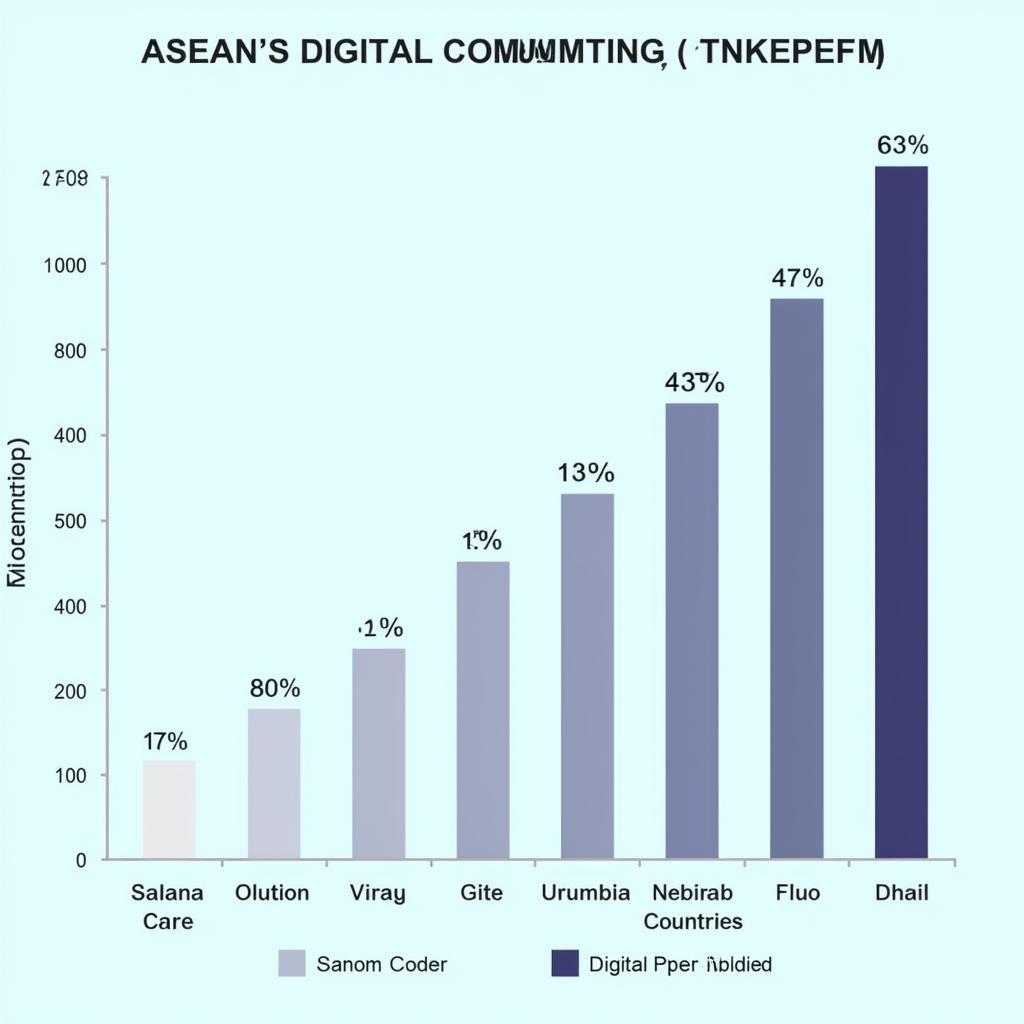As the demand for high-quality medical imaging continues to rise across Southeast Asia, so too does the need for skilled sonographers. But what exactly does an ASEAN sonographer do, and how does their scope of practice differ across the region? This comprehensive guide delves into the world of ASEAN sonography, exploring the diverse roles, responsibilities, and career opportunities available.
Understanding the Role of an ASEAN Sonographer
Sonographers, also known as ultrasound technicians, are highly trained medical professionals who use specialized equipment to create images of the inside of the human body. These images, generated using high-frequency sound waves, play a crucial role in diagnosing and monitoring a wide range of medical conditions.
In the ASEAN region, sonographers are integral members of healthcare teams, working across various medical specialties, including:
- Obstetrics and Gynecology: Monitoring fetal development, diagnosing pregnancy complications.
- Cardiology: Assessing heart function, identifying abnormalities.
- Radiology: Examining organs, tissues, and blood vessels.
Factors Influencing Scope of Practice within ASEAN
While the core principles of sonography remain consistent, the specific scope of practice for an ASEAN sonographer can vary depending on several factors:
- Country-Specific Regulations: Each ASEAN member state has its own regulatory bodies and licensing requirements for sonographers, impacting the procedures they’re authorized to perform.
- Education and Training: The level and specialization of a sonographer’s education influence their expertise and scope of practice.
- Workplace Setting: Sonographers working in large hospitals may have access to more advanced equipment and specialize in specific areas, while those in smaller clinics may have a broader scope.
Continuing Education and Advancement Opportunities
The field of sonography is constantly evolving, with new technologies and techniques emerging regularly. ASEAN sonographers are encouraged to engage in continuous professional development to stay abreast of the latest advancements.
Opportunities for career progression within ASEAN sonography are promising. Experienced sonographers can pursue:
- Specialization: Focusing on specific areas like echocardiography, vascular sonography, or musculoskeletal sonography.
- Leadership Roles: Taking on supervisory or management positions within sonography departments.
- Education: Transitioning into teaching or research roles.
The Future of ASEAN Sonography
As ASEAN nations continue to prioritize healthcare investments and technological advancements, the future of sonography in the region appears bright. The demand for skilled sonographers is projected to grow, opening up a wealth of opportunities for aspiring medical professionals.
Frequently Asked Questions
What qualifications do I need to become a sonographer in ASEAN?
The specific requirements vary by country, but generally, you’ll need a recognized diploma or degree in Diagnostic Medical Sonography or a related field.
Is sonography a rewarding career path?
Yes, sonography offers a fulfilling career with a good work-life balance and the opportunity to make a real difference in patients’ lives.
What are the challenges of being a sonographer?
Like any healthcare profession, sonography can be demanding, requiring patience, empathy, and the ability to work well under pressure.
Are there opportunities for specialization within ASEAN sonography?
Yes, many experienced sonographers choose to specialize in areas like cardiac, vascular, or obstetric sonography.
What is the job outlook for sonographers in ASEAN?
The job outlook is positive, with a growing demand for qualified professionals across the region.
Need further assistance?
For inquiries or assistance, please contact us at:
Phone Number: 0369020373
Email: [email protected]
Or visit us at: Thôn Ngọc Liễn, Hiệp Hòa, Bắc Giang, Việt Nam.
Our customer service team is available 24/7 to assist you.


